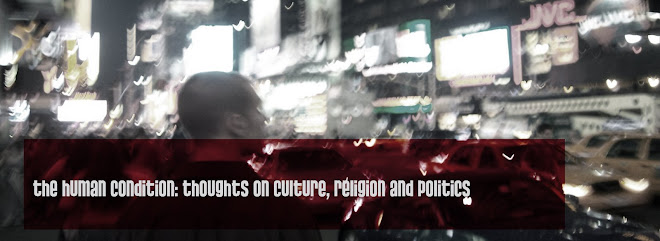If people are like cells in the SO, then family is the substance that holds the cells together. However, for this analogy to work, family needs a broader definition that I'll call family-quality relationships. What I mean by this is that we tend to compare some relationships (co-workers, friends etc.) in our lives family. "My work place is like one big family" we might say. So the better the quality of the relationship, the more we compare it to "family." Good relationships then, the more family like the better, holds the social organism together. Bad, chaotic relationships tend to tear the social organism apart.
Religion also needs a bit of redefinition. In many ways, religion has been replaced in our culture with science, and many people do not consider themselves religious at all, including myself. What then is the quality that religion has that still thrives even in, say, an atheist country like China? The answer is hope. Hope is what drives us on an individual level, and it is also what drives the social organism. When we get out of bed in the morning, most of us believe there is some sort of purpose or meaning behind our life, and this feeling is what pushes us forward. Likewise the social organism has a sense of transcendent meaning or hope that drives it through history. Many times this hope is some sort of Utopian future. The Nazis believed they could bring about a Utopian society by destroying what they understood to be inferior races and people. Marxist Soviets believed they would bring about a Utopian, classless society of workers. So whether it be going to heaven when one dies or creating an earthly utopia, religious hope moves the individual or SO forward by providing a belief in a transcendent purpose.
So in sum, the three of the five social institutions function in the social organism similarly to how the nervous, circulatory and digestive systems function in the human organism. Relationship binds humans, which can be thought of as cells, together. And religious hope, a belief in some sort of transcendent purpose, propels the social organism through history, similarly to how our belief in purpose and meaning propel us through each day.

No comments:
Post a Comment